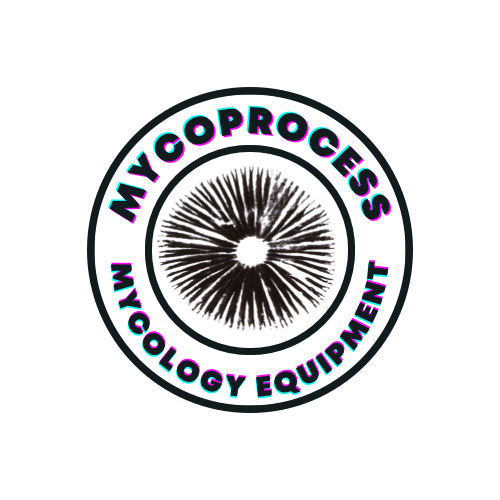Before we dive into the process, let's understand what inoculation means. Inoculation is the introduction of mushroom spores or mycelium into a substrate, such as grain bags. This is where the magic happens and your mushrooms start to grow!
Step 1: Shake the Spore Syringe or liquid culture
If you're using a spore syringe, gently shake it to evenly distribute the spores. This will ensure a more even colonization of the grain bags.
Step 2: Cleanse Your Work Area
Before you start inoculating, clean your work area with a disinfectant. Wipe down all surfaces and make sure there are no potential sources of contamination nearby.
Step 3: Inoculate the Grain Bags
Use a sterile needle or flame sterilize one prior to injection. Take your sterilized grain bags and inject the spore syringe or liquid culture into each bag. Aim for multiple inoculation points to increase the chances of successful colonization. Be sure to follow the recommended dosage for your specific grain bag size. (1LB 2-5cc)
Step 6: Incubate
These bags have been made with a breathable filter patch or self-healing injection port. This will allow for gas exchange while preventing contamination. Place the bags in a warm and dark environment, such as a closet or incubator, and let the mycelium do its thing.
Step 7: Monitor and Wait
Now comes the waiting game. Check on your grain bags regularly to monitor the progress of colonization. You should start to see white, web-like mycelium spreading throughout the grains. This process can take anywhere from a few weeks to a couple of months, depending on the mushroom species.
Step 8: Transfer to Fruiting Conditions
Once the grain bags are fully colonized, it's time to transfer them to fruiting conditions. This typically involves transferring the colonized grains in to a substrate material.

